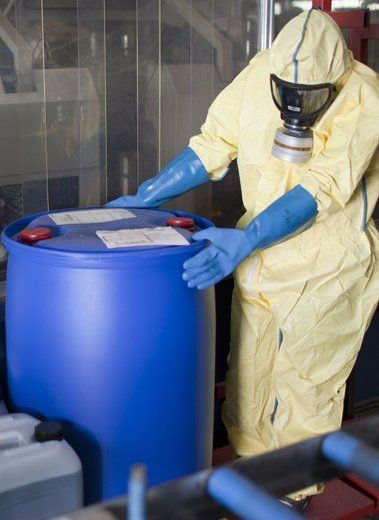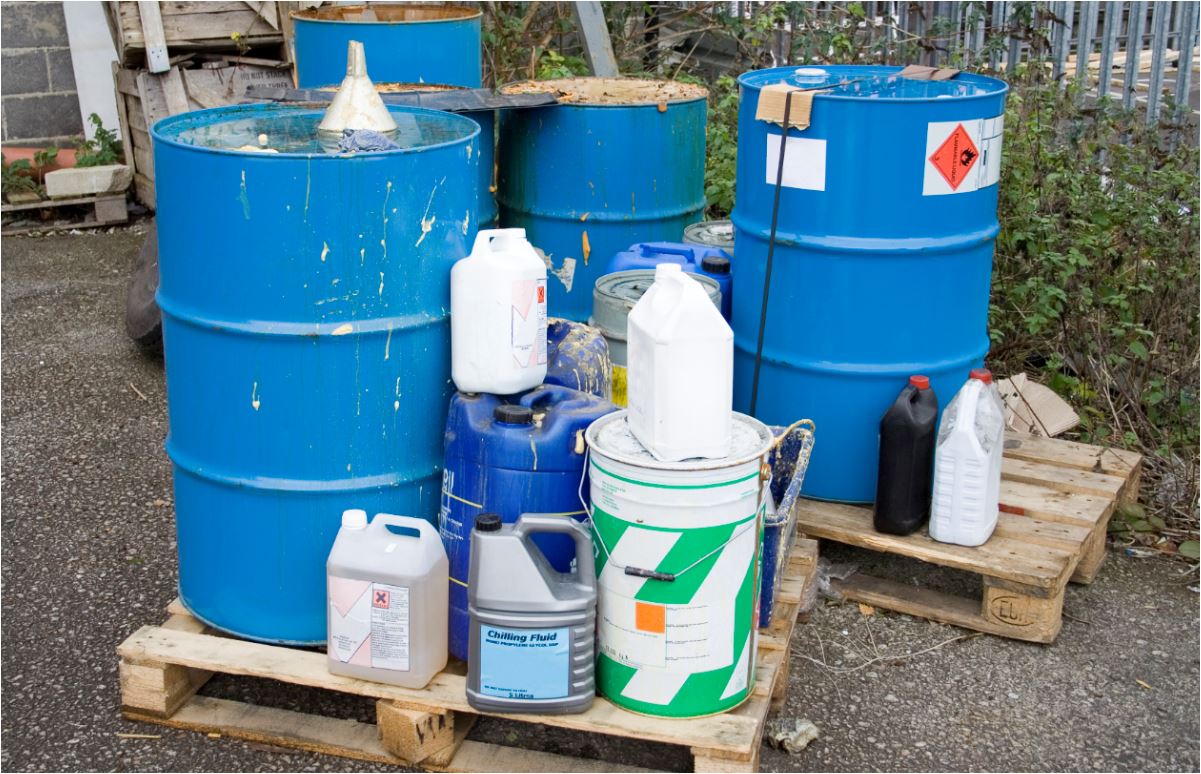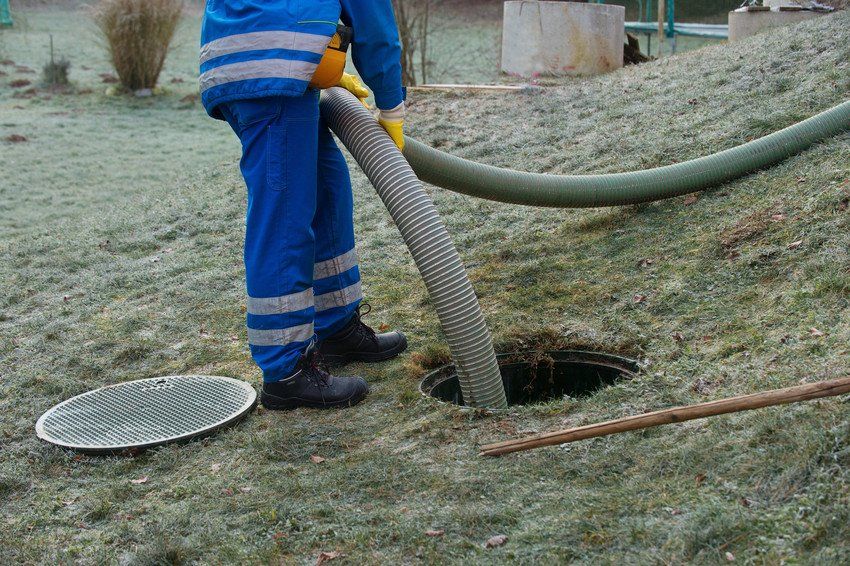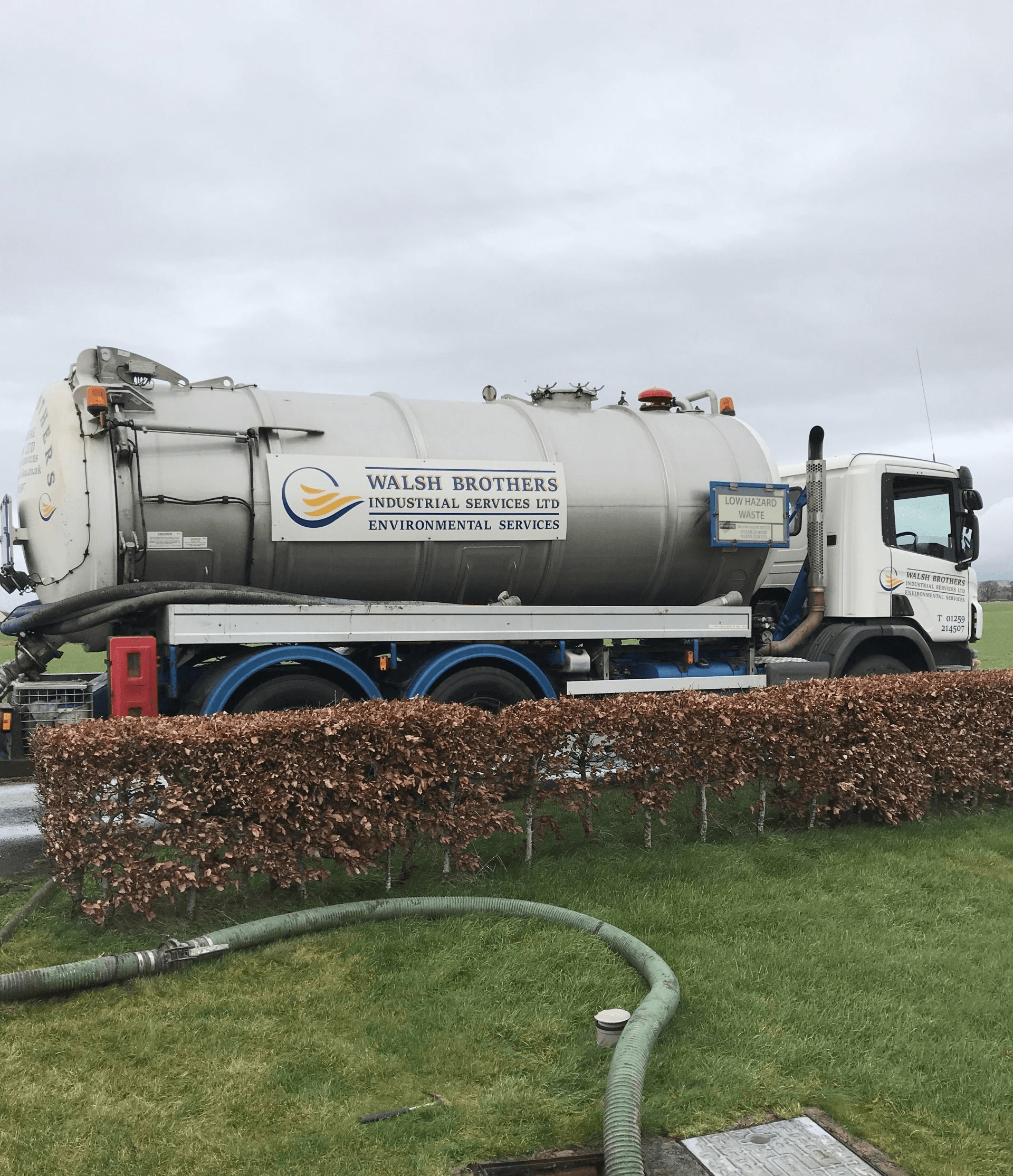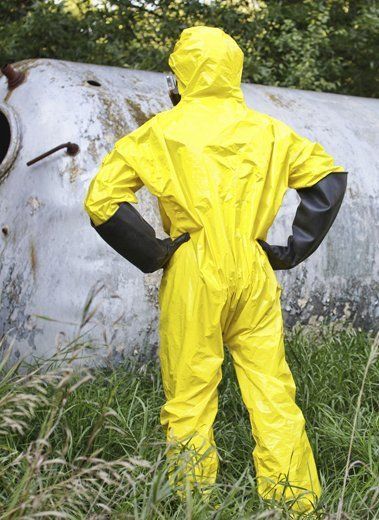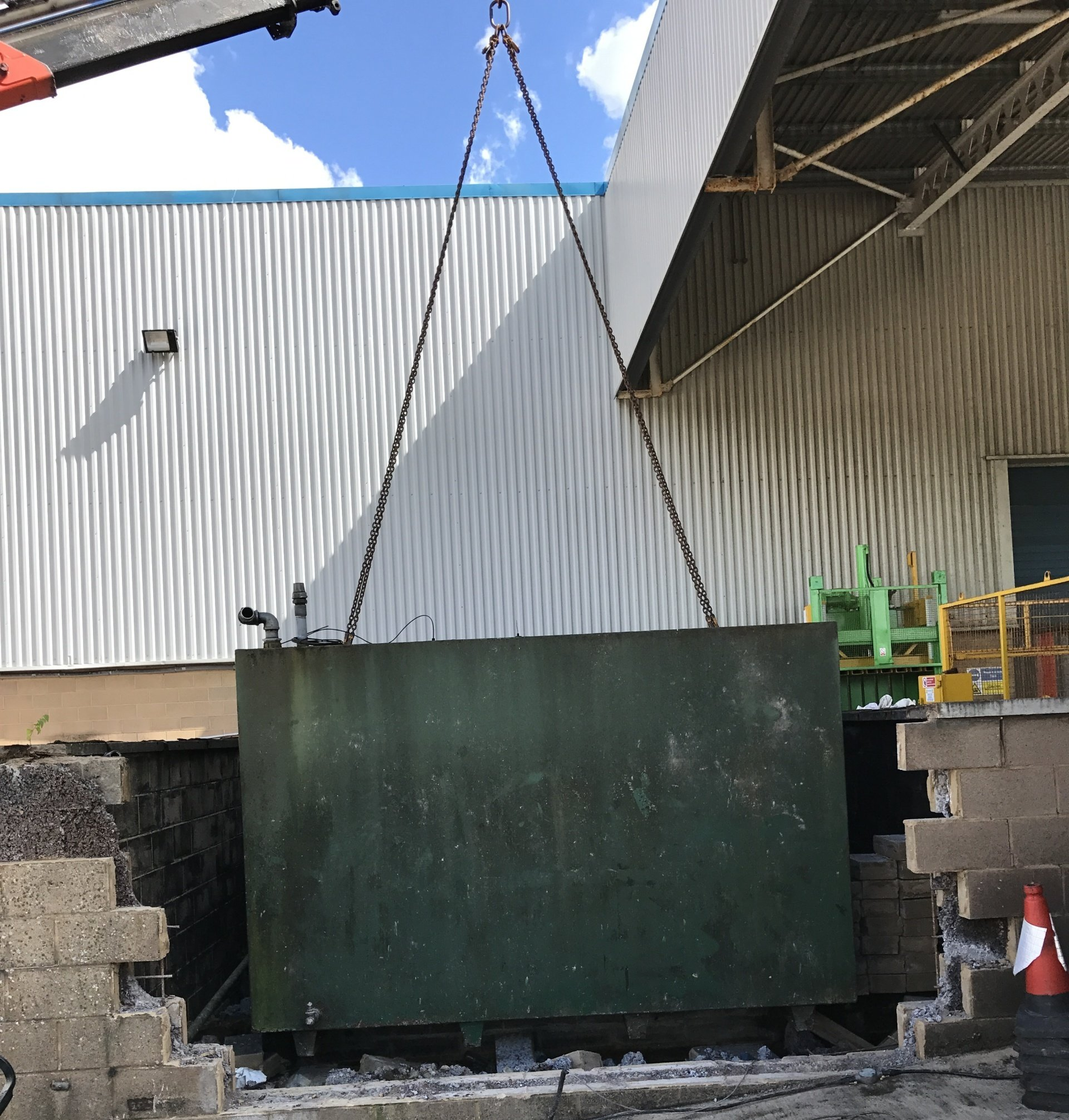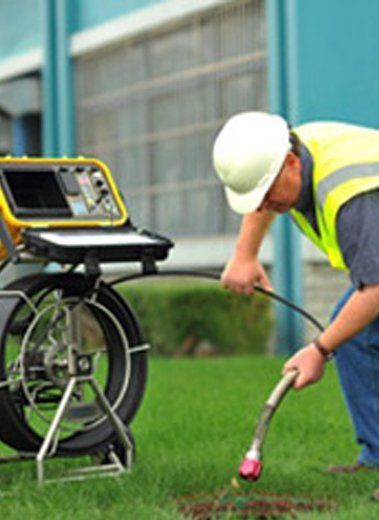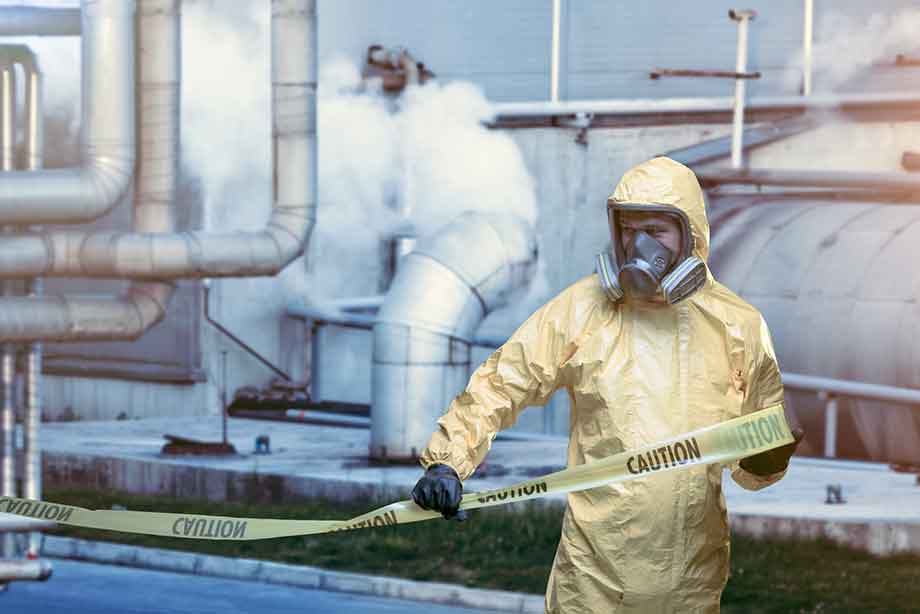The Five Characteristics of Hazardous Waste
The Five Characteristics of Hazardous Waste
Classed as any discarded material that may pose a substantial threat or risk of harm to the environment or public health, hazardous waste, liquid or solid, must be separated from non-hazardous materials, requiring special handling and treatment.
Hazardous waste is typically defined by key characteristics, separated by specific properties and categorised into five main types: toxic, ignitable, corrosive, reactive or infectious.
Toxic
Any waste that is hazardous due to its toxicity characteristic is considered harmful when ingested or absorbed by humans. Typically, these wastes are capable of causing acute or chronic health problems, and can be found in a number of materials or waste, such as asbestos, arsenic, heavy metals and synthetic pesticides. This represents a major concern should the toxins be able to leach from waste and contaminate groundwater.
Ignitable
An ignitable waste is defined by its ability to catch alight easily when exposed to an ignition source, such as a flame or spark. This includes liquids with flash points below 60°C, non-liquids that cause fire through specific conditions and ignitable compressed gases and oxidizing agents. These materials are also highly flammable and are typically found in organic solvents, oils and paint wastes.
Corrosive
Wastes that are hazardous due to the corrosivity characteristic include substances that are highly acidic or highly alkaline, meaning they will have a pH of less than or equal to 2, a pH greater than or equal to 12.5. Examples of corrosive materials inc, acids, alkalis, cleaning agents, discarded batteries or battery manufacturing residues.
Reactive
Identified by their extreme reaction with air and water, wastes that are hazardous due to the reactivity characteristic may be unstable under normal conditions. Generally, reactive wastes may give off toxic gases and be capable of detonation or explosion under normal conditions or when heated. Examples include obsolete munitions, manufacturing dynamite, firecrackers, and even some chemical wastes.
Infectious
Hazardous waste that contains contaminants can harm humans, this can include blood from syringes, bodily fluids, such as vomit or mucus, infectious agents from laboratory work and general waste from the treatment of infected patients in isolation wards. In fact, most of the waste produced by hospitals, health centres and dentists may well be infectious and is therefore classified as hazardous waste. This type of waste may also be referred to as a biohazard.
At Walsh Brothers Industrial Service Ltd, we are a SEPA licensed business, committed to environmental responsibility, and ensuring that all the liquid and hazardous waste we handle is disposed of correctly, in accordance with legal and safety requirements. Our specialists will identify and package your waste - the waste will be segregated, packaged and labelled for transportation before disposal/recycling. Want to remove hazardous waste? Contact us for more information.

